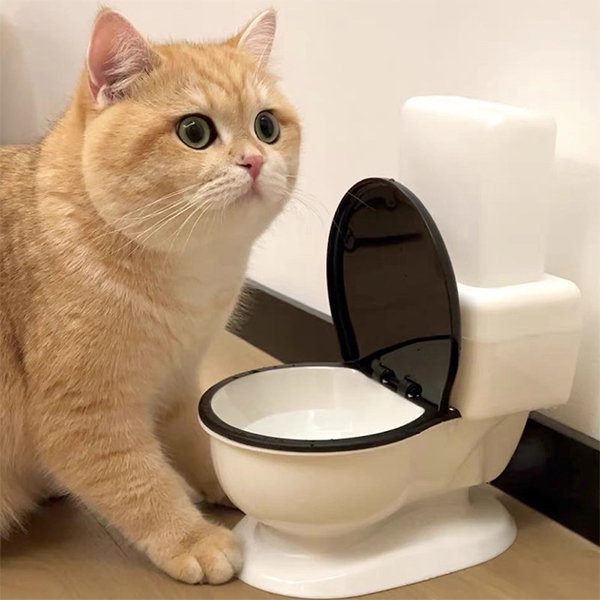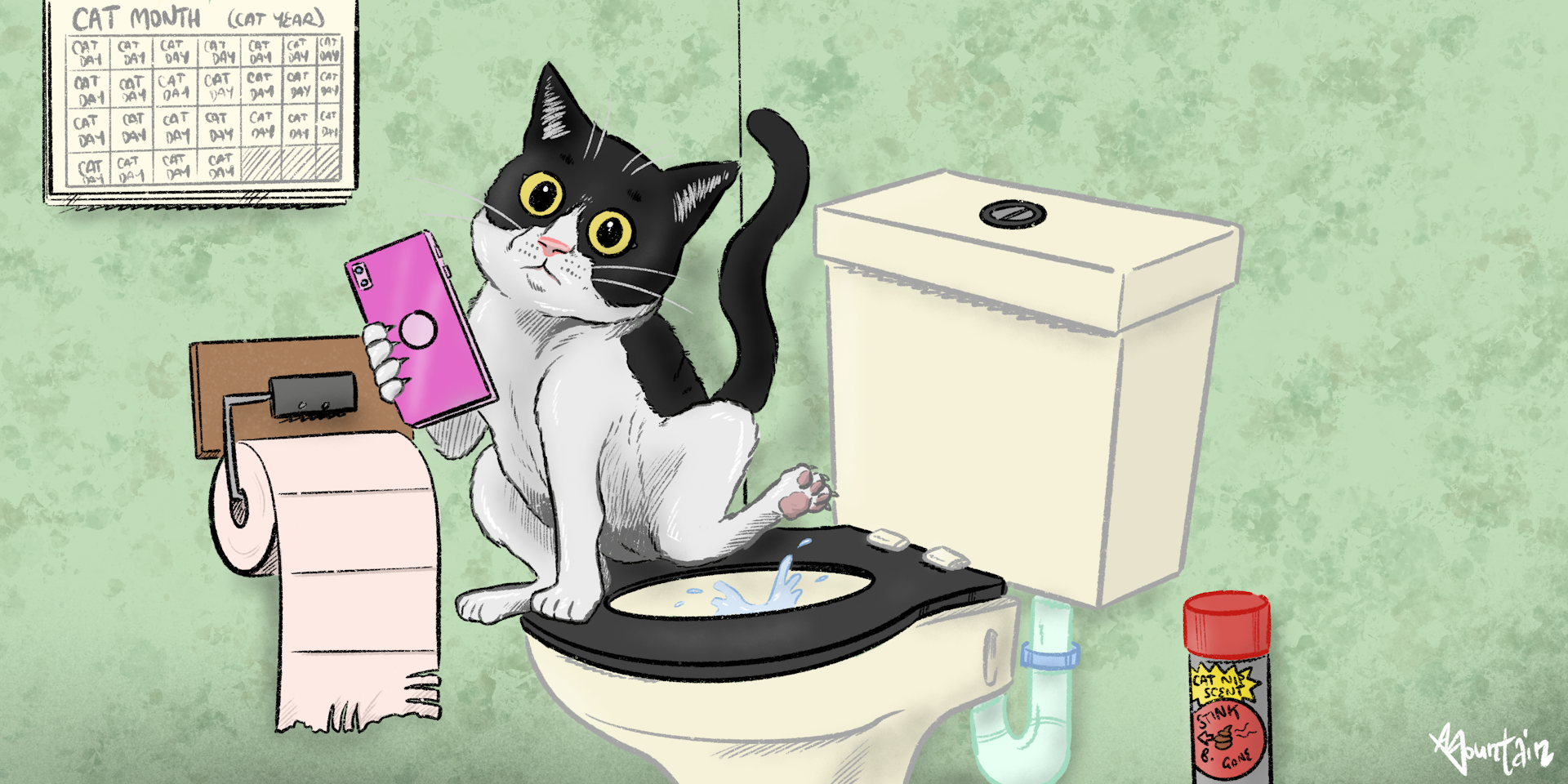Prevent Bathroom Disasters: Never Flush Cat Poop Down Your Toilet - Expert Guidance
Prevent Bathroom Disasters: Never Flush Cat Poop Down Your Toilet - Expert Guidance
Blog Article
The publisher is making several good points on the subject of Can You Flush Cat Poo or Litter Down the Toilet? in general in this post followed below.

Intro
As cat proprietors, it's essential to bear in mind how we take care of our feline close friends' waste. While it might appear hassle-free to purge pet cat poop down the commode, this method can have damaging repercussions for both the setting and human health.
Alternatives to Flushing
Fortunately, there are safer and a lot more accountable ways to dispose of cat poop. Consider the following options:
1. Scoop and Dispose in Trash
One of the most usual approach of throwing away feline poop is to scoop it right into an eco-friendly bag and toss it in the garbage. Make sure to utilize a specialized litter scoop and deal with the waste promptly.
2. Usage Biodegradable Litter
Select naturally degradable feline litter made from materials such as corn or wheat. These clutters are environmentally friendly and can be safely dealt with in the garbage.
3. Hide in the Yard
If you have a yard, take into consideration burying pet cat waste in an assigned location away from vegetable yards and water sources. Make sure to dig deep enough to stop contamination of groundwater.
4. Set Up a Pet Waste Disposal System
Buy a pet garbage disposal system specifically created for feline waste. These systems make use of enzymes to break down the waste, reducing odor and ecological impact.
Health and wellness Risks
In addition to ecological problems, purging cat waste can additionally pose wellness risks to people. Cat feces might contain Toxoplasma gondii, a parasite that can create toxoplasmosis-- a potentially severe illness, especially for pregnant women and individuals with damaged immune systems.
Environmental Impact
Flushing cat poop introduces damaging pathogens and parasites right into the water supply, presenting a considerable threat to aquatic communities. These contaminants can adversely impact marine life and compromise water top quality.
Conclusion
Liable pet dog possession extends beyond providing food and shelter-- it also includes proper waste management. By avoiding flushing pet cat poop down the bathroom and opting for alternate disposal methods, we can reduce our ecological impact and safeguard human health.
Why Can’t I Flush Cat Poop?
It Spreads a Parasite
Cats are frequently infected with a parasite called toxoplasma gondii. The parasite causes an infection called toxoplasmosis. It is usually harmless to cats. The parasite only uses cat poop as a host for its eggs. Otherwise, the cat’s immune system usually keeps the infection at low enough levels to maintain its own health. But it does not stop the develop of eggs. These eggs are tiny and surprisingly tough. They may survive for a year before they begin to grow. But that’s the problem.
Our wastewater system is not designed to deal with toxoplasmosis eggs. Instead, most eggs will flush from your toilet into sewers and wastewater management plants. After the sewage is treated for many other harmful things in it, it is typically released into local rivers, lakes, or oceans. Here, the toxoplasmosis eggs can find new hosts, including starfish, crabs, otters, and many other wildlife. For many, this is a significant risk to their health. Toxoplasmosis can also end up infecting water sources that are important for agriculture, which means our deer, pigs, and sheep can get infected too.
Is There Risk to Humans?
There can be a risk to human life from flushing cat poop down the toilet. If you do so, the parasites from your cat’s poop can end up in shellfish, game animals, or livestock. If this meat is then served raw or undercooked, the people who eat it can get sick.
In fact, according to the CDC, 40 million people in the United States are infected with toxoplasma gondii. They get it from exposure to infected seafood, or from some kind of cat poop contamination, like drinking from a stream that is contaminated or touching anything that has come into contact with cat poop. That includes just cleaning a cat litter box.
Most people who get infected with these parasites will not develop any symptoms. However, for pregnant women or for those with compromised immune systems, the parasite can cause severe health problems.
How to Handle Cat Poop
The best way to handle cat poop is actually to clean the box more often. The eggs that the parasite sheds will not become active until one to five days after the cat poops. That means that if you clean daily, you’re much less likely to come into direct contact with infectious eggs.
That said, always dispose of cat poop in the garbage and not down the toilet. Wash your hands before and after you clean the litter box, and bring the bag of poop right outside to your garbage bins.
https://trenchlesssolutionsusa.com/why-cant-i-flush-cat-poop/

I'm just very serious about How to Dispose of Cat Poop and Litter Without Plastic Bags and I'm hoping you enjoyed my blog posting. Are you aware of someone else who is looking into the topic? Be sure share it. Thanks for your time. Visit us again soon.
Or Book Technician Here Report this page